Image
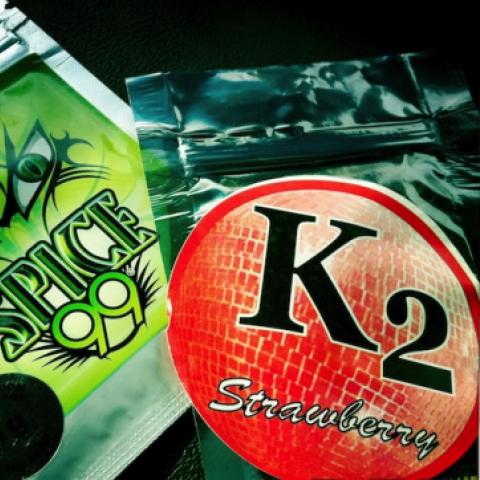

An official website of the United States government
Here’s how you know
Official websites use .gov
A .gov website belongs to an official government organization in the United States.
Secure .gov websites use HTTPS
A lock (
) or https:// means you’ve safely connected to the .gov website. Share sensitive information only on official, secure websites.
“Fake weed” (like Spice , K2, Black Mamba, etc.) is completely natural.

Yes, the packages do contain some plant material. But the chemicals that get you “high” are laboratory-made. Also, since they aren’t tested, users can’t be sure exactly which chemicals are in the drugs.
The drug was originally created
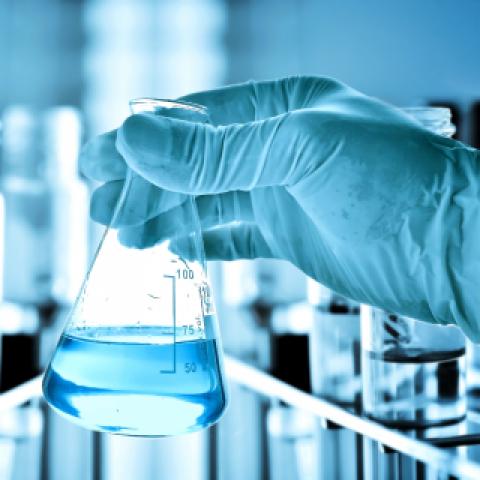
So-called fake weed was, “originally designed as research chemicals for use in the laboratory, trying to identify cannabinoid receptors in the brain,” a specialist told Newsweek, not “to be used on the street.”
So-called “fake weed” is legal in the United States.
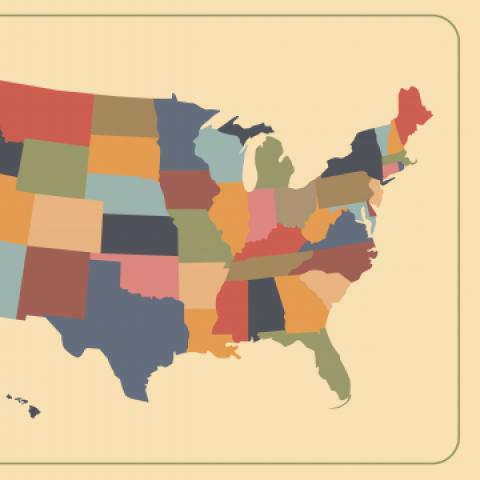
The DEA has banned some of the most commonly used chemicals in the drugs.
People can die from using “fake weed.”
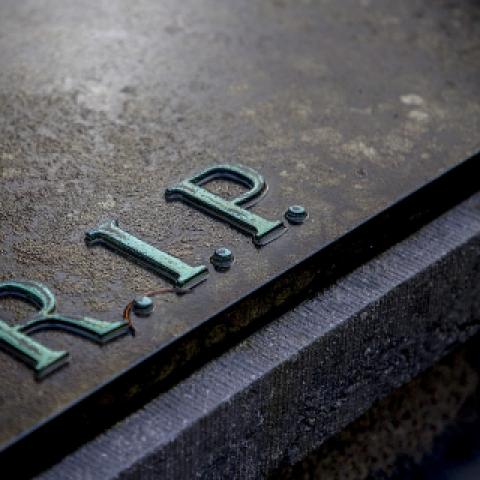
According to the CDC, from 2010-2015 there were 456 reported cases of sickness from the drug in the United States and three deaths.
“Fake weed” is addictive.
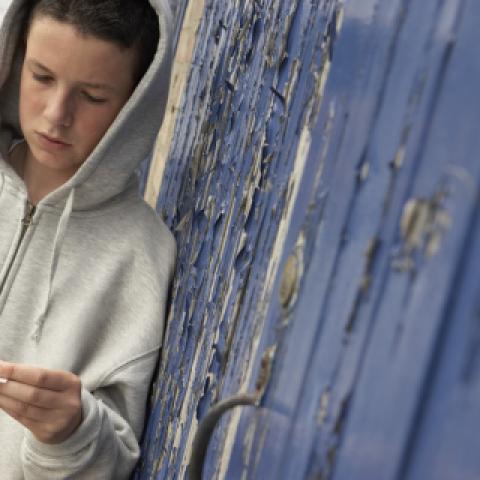
The American Association of Poison Control Centers has labeled the drugs as being “extremely addictive.”
Like marijuana, “fake weed” gets its mind-altering effects from THC.
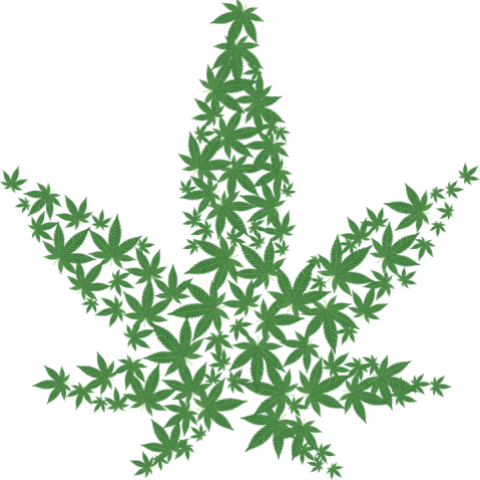
While the chemicals included in many brands seem to have the same effects on the brain as THC, they are actually much stronger. The chemicals are sprayed on plant material, sometimes sloppily, making some packages stronger than others.
What does a person high on these drugs usually look like?
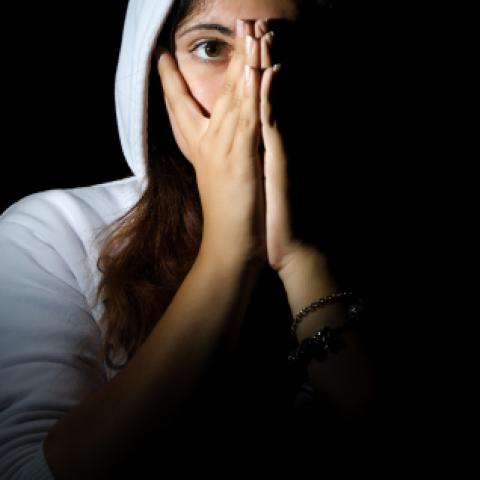
While the drug is often referred to as “fake weed,” the high is very different. In addition to paranoia, users can also experience high blood pressure, nausea, heart attack, and seizures.
